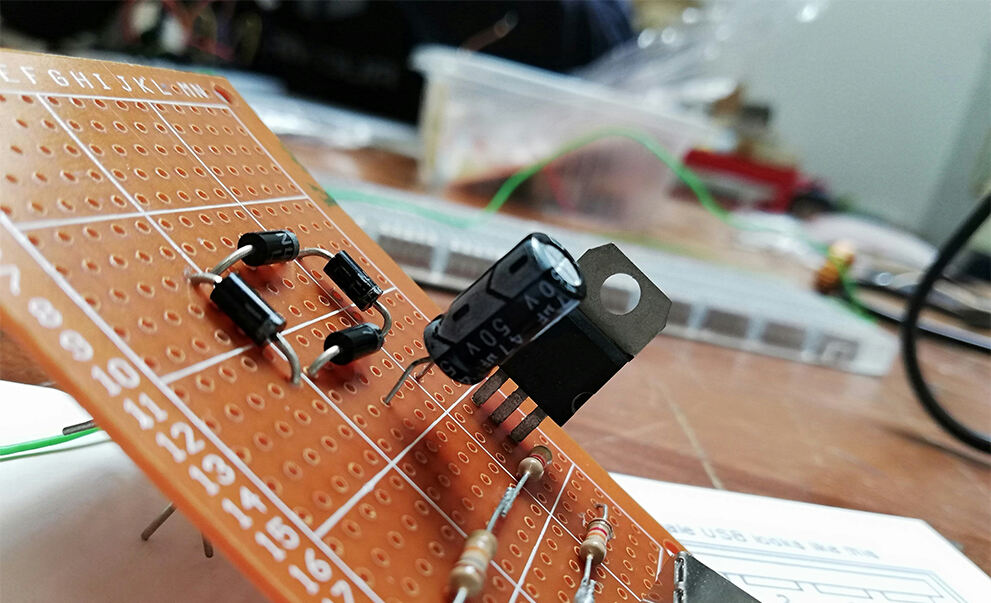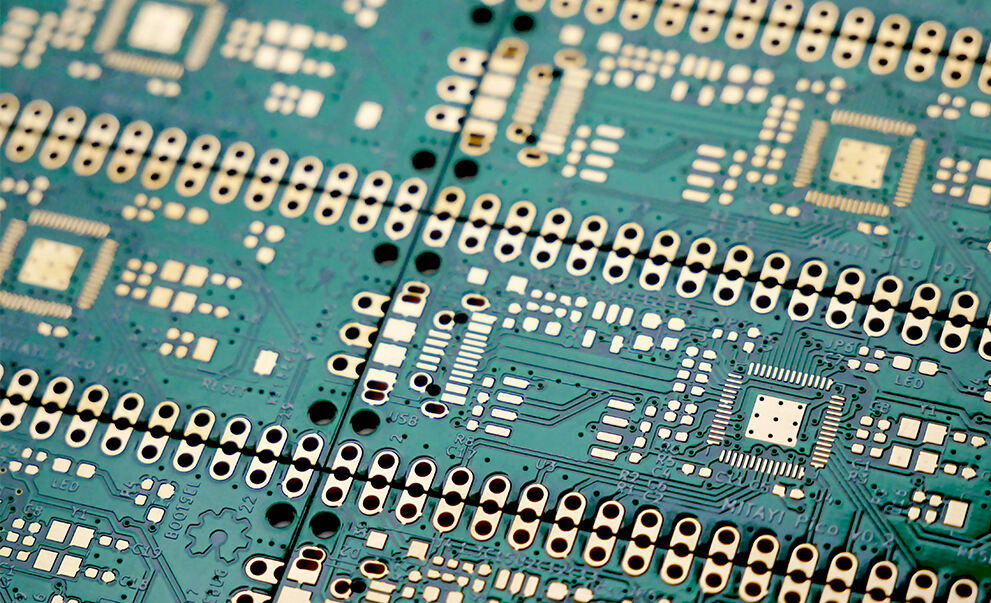3D Printing and Mobile Smart Factories for Aerospace Components
A smart factory that produces aerospace components, such as engine parts, wings, and fuselage, uses 3D printing and mobile smart factories to create lightweight and complex products. The factory has a modular and portable system that consists of 3D printers, robots, and software, that can be transported and deployed in different locations, such as airports, hangars, or remote areas. The factory also has a wireless and secure connection that links the system with the customer orders, the design files, and the production data.
The factory can receive orders from aerospace companies, airlines, or military organizations, who can request specific components, such as replacement parts, spare parts, or new parts. The factory can then use the software to select the best location and configuration for the system, and send the design file and the printing parameters to the machines. The 3D printer can print the component layer by layer, using advanced materials, such as alloys, composites, or polymers, that have high strength, durability, and resistance. The robot can assist the 3D printer with tasks such as loading and unloading the materials, moving and positioning the component, and performing quality checks. The factory can then deliver the component to the customer, along with a digital report of the production data and the performance results.
The benefits of using 3D printing and mobile smart factories for aerospace components are:
- Reduced weight and fuel consumption: The factory can produce components that have complex geometries and optimized structures, that reduce the weight and the drag of the aircraft. The factory can also use materials that have high thermal and mechanical properties, that improve the efficiency and the reliability of the engine. The factory can thus help the customer save fuel and reduce emissions.
- Increased agility and resilience: The factory can produce components on-demand and on-site, reducing the dependence on long and complex supply chains. The factory can also respond quickly and effectively to changing customer needs, market conditions, and environmental factors. The factory can thus help the customer increase their competitiveness and reduce their risks.
- Enhanced innovation and differentiation: The factory can produce components that have novel designs and functions, that enhance the performance and the functionality of the aircraft. The factory can also create components that are customized and tailored to the customer's specifications and requirements. The factory can thus help the customer achieve their goals and stand out from the competition.

 EN
EN
 AR
AR
 FR
FR
 DE
DE
 IT
IT
 JA
JA
 KO
KO
 PT
PT
 RU
RU
 ES
ES



